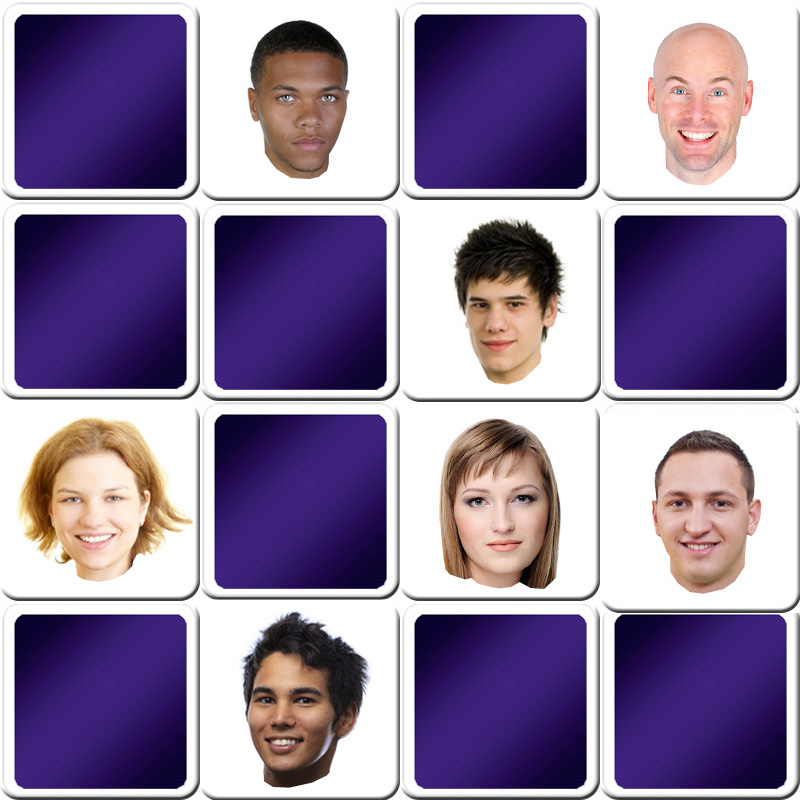

Players who can’t remember what was said before them will be out of the game. The more players involved, the more words everyone has to remember. The first player is provided a situation for a subject such as "Going to the beach." The first player could then say: “If I would go to the beach I would bring some slippers." The next player would then say: “If I would go to the beach I would bring some slippers and an umbrella." There is a new part added each turn instead of each round. Basically everyone adds to the sentence until someone forgets a part of it. This second exercise is a similar concept.

Once a player forgets a word, they are out of the game. Then the initiator adds another word to the sentence and the process repeats adding more and more words after each person recites the longer sentence. The sentence is then recited by each other person playing. The game starts with an initiator making a three word sentence. It is similar to the game "Simon" only it is in word form. This first game is a fun brain workout that multiple seniors can be involved in.
Free memory test for seniors download#
Here is a website where you can download and print out simple pictures to use: The purpose of this game is to exercise short term visual memory. The person with the most cards after they have all been matched up wins. Once the two cards are a match, they are given to the senior who initiated the flipping. This is repeated over and over again with just two cards at a time. They can only be flipped over for a few seconds before being flipped back to face side down. The player then points out which two cards they want to be flipped over and revealed. To begin, lay all of the cards out face down on a table so they all look the same. The more complicated the images and colors of the pictures and the more cards used, the harder the game becomes. This game requires either photos that you can print copies of or a matching set of cards such as those found in the classic game "Old Maid." The difficulty depends on the pictures that are used. You can find many more to use on websites such as this one:

For instance, if they observe the silhouette shown below to be a dog, you can ask them to be more specific such as identifying that the type of dog is a pug. If the ones shown appear to be too easy, the level of difficulty can be increased. They challenge their knowledge on certain topics and test their long term memory. Viewing them works the occipital and temporal lobes of the brain which are responsible for vision, recognition, and short term memories. Shapes and SilhouettesĪnother activity that you can arrange for seniors to participate in involves images of shapes and silhouettes.

For best results, try choosing a positive photo that brightens their day and creates a good topic for further interactive discussions. You can quickly create true and false questions for many different photos or pictures you have lying around. They liked the photos and some of them even reminisced about their past just by observing the setting, weather and people in the photos. I tested this activity on a group of seniors at an assisted living facility (ALF) and they had a really fun time.


 0 kommentar(er)
0 kommentar(er)
